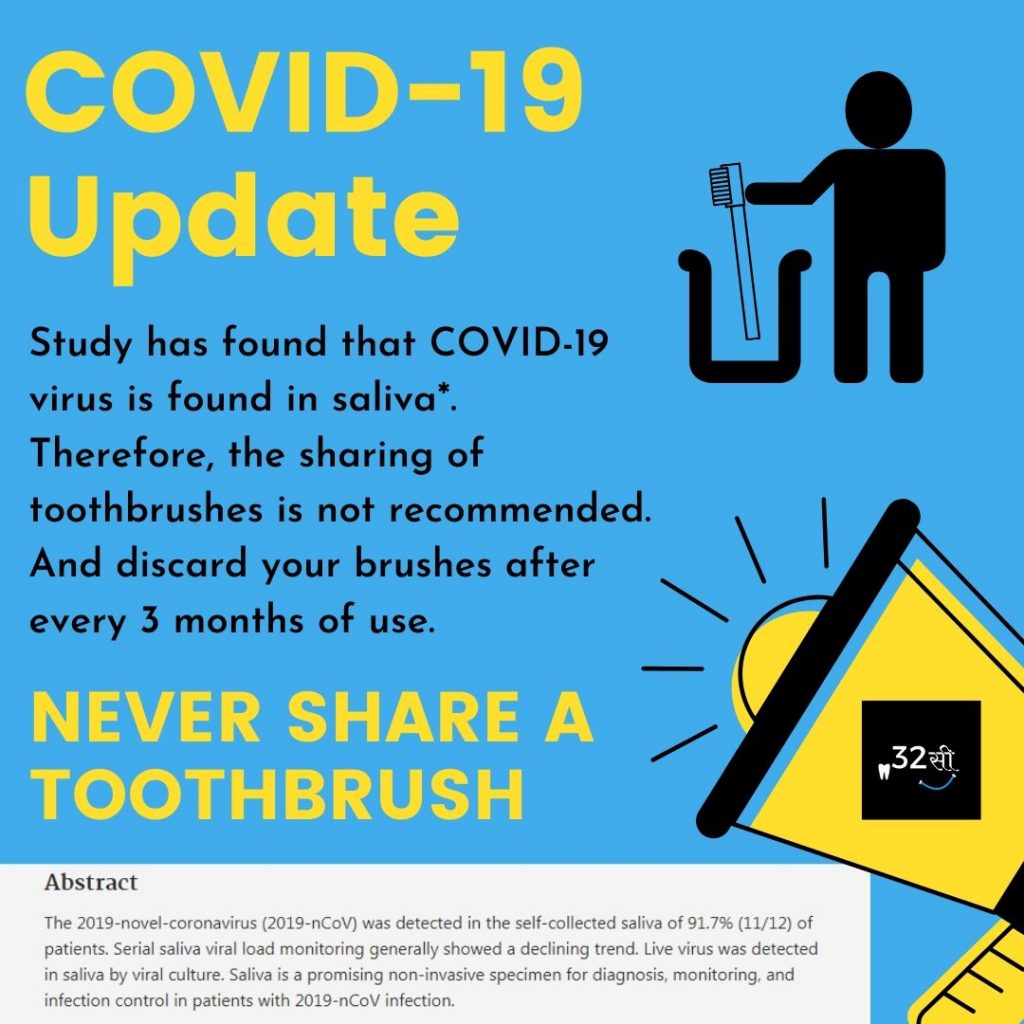1.
You Might Be Brushing Your Teeth With Fecal Matter

Covering the toothbrush with a cap is an unhygienic habit as the head of the brush is wet when we close it, creating the right atmosphere for the microorganisms to flourish.
Make a rule to close the lid of the toilet seat before you flush. And the distance from where you keep your toothbrush should be at least 6 feet from the toilet seat.
2.
Miracle Homemade Mouthwash

Every mouthwash has it’s own function and is not for everyone to use. However, this simple and most effective home remedy mouthwash is recommended for everyone’s good oral health and hygiene by the dentists.
If you do not suffer from any dental problem, once a week would be good enough to start rinsing with this miracle mouthwash to keep your oral health to the optimum.
3.
Rinsing Vs Spitting – Spit Don’t Rinse

This step is one thing that everyone has been doing it all wrong. After brushing our teeth, we are spitting the toothpaste and rinsing our mouth with water.
The right way to do is, spit the remaining toothpaste and DO NOT rinse the mouth with water. Our toothpaste contains “Fluoride” which is responsible for the remineralization and strengthing of the teeth. So when we spit and rinse the fluoride doesn’t get enough time to work upon our tooth surfaces.
We should not swallow the toothpaste. The toothpaste remaining inside our mouth mixed with saliva won’t harm but would benefit in the longer term. So after brushing spit completely all the contents inside your mouth but DO NOT rinse. Within a few minutes, your mouth will feel fresh, and you won’t feel any difference.
4.
Change Your Toothbrush Like Your Password

Toothbrushes are like our passwords. We must NEVER share them and change them every few months. Ideally, after every 3 -4 months, you must change your toothbrush.
5.
Children’s Toothpaste

If children regularly ingest more fluoride from the toothpaste, then the excess fluoride can damage their teeth (Dental fluorosis) and affect their overall health (Fluoride toxicity).
The right amount of toothpaste for children younger than three years is the size of a rice grain and for children between three to six years, is the size of a pea.